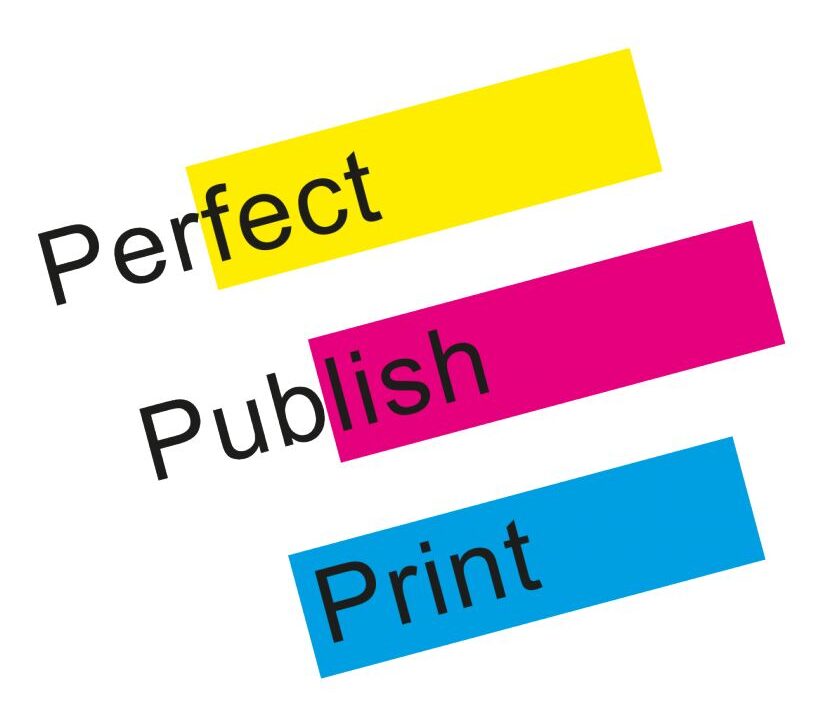印刷一本书籍,看似简单,但其实价格的背后包含许多复杂的因素。了解这些影响成本的关键要素,有助于您在选择印刷服务时做出更明智的决定,同时也能帮助您合理预算,获得性价比更高的印刷成品。
本文将带您详细解析书籍印刷费用的主要构成,帮助您清楚知道每一分钱花在哪里。

1. 纸张类型与克重
纸张是印刷成本中最主要的部分之一。不同类型和厚度的纸张价格差异明显:
- 纸张种类:涂布纸、非涂布纸、哑光纸、光面纸等,不同材质价格不同,通常涂布纸和高档纸张价格更高。
- 克重(GSM):纸张越厚重,单价越高,印刷成本自然也更高。高克重纸张适合封面或高档画册,普通内页多用较轻薄的纸。
因此,根据书籍性质选择合适的纸张类型和克重,是控制成本的重要手段。
2. 印刷数量
印刷数量对单价影响巨大。通常印刷批量越大,单本成本越低,因为很多成本是固定的:
- 起印量:印刷厂通常有最低起订量,少量印刷成本较高。
- 批量经济效应:大量印刷时,机器调试、人工费等固定成本分摊到每本书上更低。
如果您预算有限且需要大量书籍,建议选择批量印刷来降低单本价格。
3. 装订方式
装订影响书籍的耐用性与美观,也直接影响价格。常见装订方式有:
- 平装(胶装):适合小说、教科书,成本较低。
- 精装(硬壳):封面加硬纸板包覆布料或皮革,价格较高,适合高端礼品书。
- 骑马钉:常用于小册子或杂志,成本低,但页数有限。
- 无线胶装:页数多且结实,成本适中。
装订方式选择应考虑书籍用途及预算。
4. 颜色与印刷工艺
印刷颜色数和工艺决定油墨用量及复杂度:
- 彩色印刷:四色印刷(CMYK)价格高于单色印刷。
- 黑白印刷:适合文字书籍,成本较低。
- 特殊工艺:如烫金、局部UV、烫银等,会增加印刷成本,但能提升书籍档次感。
根据需求合理选择颜色和工艺,可以节省费用同时保持效果。
5. 书籍页数与尺寸
书籍的总页数和尺寸直接决定用纸量和装订难度:
- 页数越多,用纸量越大,成本自然上升。
- 书籍尺寸:大开本书比小开本书用纸多,价格相应增加。
合理设计书籍结构,避免不必要的浪费,也有助于控制成本。
6. 后期加工与装饰
印刷完成后的加工工序也会影响价格,包括:
- 覆膜:保护封面,增加耐磨性,常见有哑膜和亮膜,价格略高。
- 烫金烫银:提升质感,成本较高。
- 裁切、压痕:需要特殊设备,增加费用。
- 装盒、套装:如礼盒包装,显著提升整体成本。
根据书籍定位选择合适的后期加工,兼顾美观与预算。
7. 设计与排版服务
如果您需要印刷公司提供设计、排版等服务,这部分费用也会计入总价。专业设计会提高书籍吸引力,但成本较高。自行准备设计稿可以节省部分费用。
8. 运输与物流
印刷完成后的运输成本也不容忽视,尤其是跨区域运输。大批量印刷时,运输费用相对占比降低,但如果要求快递或特殊物流,费用会上升。
9. 额外因素
- 印刷速度:急单通常会有加急费。
- 印刷设备:数字印刷适合小批量,成本相对较高;传统胶印适合大批量,单价更低。
- 环保材料:使用环保纸张和油墨成本较高,但对品牌形象有利。
总结
书籍印刷价格由多种因素综合决定,理解这些因素有助于您更精准地预算和选择合适的印刷方案:
| 费用因素 | 影响程度 | 建议 |
|---|---|---|
| 纸张类型与克重 | 高 | 根据书籍用途合理选择,平衡质量和成本 |
| 印刷数量 | 高 | 大批量印刷降低单价 |
| 装订方式 | 中 | 选择适合书籍用途的装订方式 |
| 颜色与工艺 | 中 | 只选用必要的颜色和工艺 |
| 书籍页数尺寸 | 中 | 优化结构设计,避免浪费纸张 |
| 后期加工 | 低到中 | 根据预算选择必要的加工 |
| 设计服务 | 低 | 自行设计节省费用 |
| 运输物流 | 低 | 规划合理物流方案,降低运输费用 |
若您想进一步了解如何在预算内获得优质书籍印刷,欢迎联系专业印刷服务商进行详细咨询。





